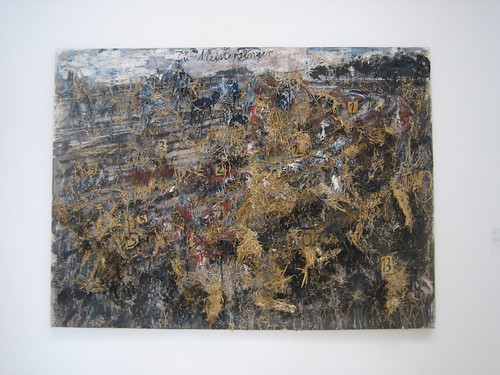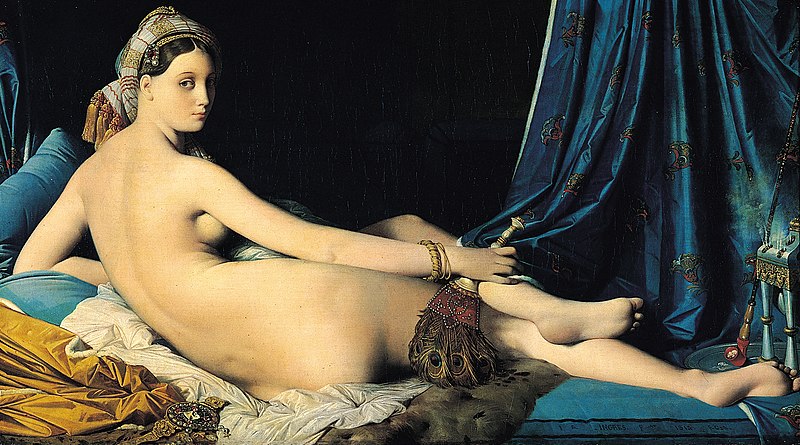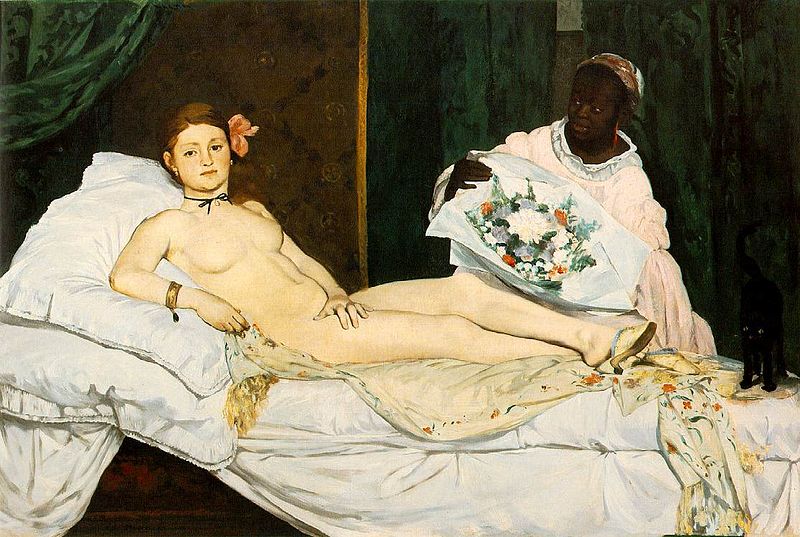Over time, the featured artist Jacob Collins had assembled a group of teachers and enthusiasts, all given over to the practice of classical drawing from life and plaster casts, and from that nucleus came this studio and the Grand Central Academy of Art. The best half-serious label Jacob could find for his approach was “traditional realist revivalism.”
According to Gopnik's description, Collins was apparently exasperated by the indifference if not ought right disdain leveled upon the classicists and their creations.
It is quite a curious thing to observe the contemporary art scene. People go to art gallery openings expected to be entertained, in the same anticipation of attending an aerial acrobat or a ballet performance. The modern artists were expected to create something knock you out with it sheer size, originality of materials or ideas. As for the execution of the ideas, most curators and audiences seem don't care much. After Jackson Pollock and Andy Warhol, any work deemed lack of theatricality were often overlooked.
The drive to be more in your face theatrical have rendered the art scenes centering on installations and conceptual art - some of them are very transcendent but time to time, they are often less than fully developed, shallow, and worse, kitschy.
Starting with the excellent ones. I found the sunflower seeds installation in Tate Modern, London by Ai Weiwei exhilarating, and an installation I saw in De Young Museum, San Francisco, Anti-Mass, 2005, by Cornelia Parker (b 1956) poignant. The latter one was a 3D explosion of suspended debris constructed of the burned remains of a Southern Black Baptist church destroyed by arsonists:
Then there are things less exalted though no less flashy. I always found the concepts put forth by Yoko Ono interesting but they were interesting mostly as ideas, less so as art creations. In a sense, she is more a performing artist or a propagandist than a visual artist.
This led me to the discussion of a highly successful duo - the Gao Brothers hailed from China, whose "Gao Brothers: Grandeur and Catharsis" was presented at Kemper Museum of Contemporary Art in Kansas City, Missouri in 2010-2011. Kemper also presented them in 2010 .
According to Kemper Museum,
China’s Gao Brothers—Gao Qiang and Gao Zhen—have collaborated on their artwork since 1985. Much of the Gao Brothers’ work has been colored by their family’s experiences during China’s Cultural Revolution (1966–76). In 1968 the artists’ father was arrested as a counter revolutionary, and days later he died while in custody. The Gao Brothers’ works of art seek to understand China’s complicated history and a government that has moved from Communism to a form of State Capitalism controlled by the Communist Party. At times, the works are politically charged, but in the end the brothers seek to forgive and understand. Featuring large-scale sculpture, painting, and photography, this is the artists’ first museum exhibition in the United States.
Their recent effort including Mao's Guilt:

An exhibition program noted that "Mao's Guilt (2009) is the culmination of many years of the Gao Brother's attempts to make peace with their father's death during the Cultural Revolution... The sculpture allows for personal catharsis as the Gao Brothers have created a repentant Mao, expressing guilt for the millions of deaths for which he was responsible. As the artists told curator this may be their last image of Mao, as it encompasses their long process of working through the grief and anger associated with him. Surrounded by images of the Gao Family, this installation offers a very personal perspective on the Cultural Revolution and the human losses associated with the period."
Again, the concept was an interesting one -- though I cannot imagine a repentant Mao -- and it must be very controversial in China when Mao still commands some respect and even reverence but I found the caricatured image of Mao was less threatening than it should have been and would not carry the historical burden the subject demands, therefore, I think that the Gao Brothers have missed an opportunity to express something truly deep and profound. I felt the same towards their sculptures "Miss Mao trying to poise herself at the top of Lenin's head" and "The Execution of Christ" below - by simply making fun of their grim subjects, they made the grime history/reality a cartoon and that rob the impact they ought to exert:


Their figurines of Mao et. al., simultaneously daring and pedantic, have become, unfortunately, political kitsch. Sleek ones. One can argue that this is intentional - that the worship of Mao itself is being parodied but then sometimes I felt it was the criticism was being parodied here.
I think more satisfying efforts can be found in works by South African artist William Kentridge and German artist Anselm Kiefer, both dealing with collective national traumas.

Die Meistersinger, 1982, Anselm Kiefer 1945-

Drawing by William Kentridge
Ideas by themselves, won't make great art. Sometimes, voicing the idea alone, without a deliberate and well execution, the ideas could become parodies and even dangerously veer towards kitsch.
But a well-executed visual work need to have weighty substances to make their impact great. Taking Jacob Collins for example. Though I like his drawings and his nude paintings very much, I still would prefer to see more social context which he had chosen to stripe away.

Anna by Jacob Collins
Jean Auguste Dominique Ingres's nudes were much more gratifying, despite its obvious decorative nature. The oeuvres of the modern artist Collins couldn't stand, Édouard Manet, were also much more meaningful when provided appropriate specificities:

Grande Odalisque by Ingres (image source: wikipedia)

Olympia by Manet (image source: wikipedia)





No comments:
Post a Comment